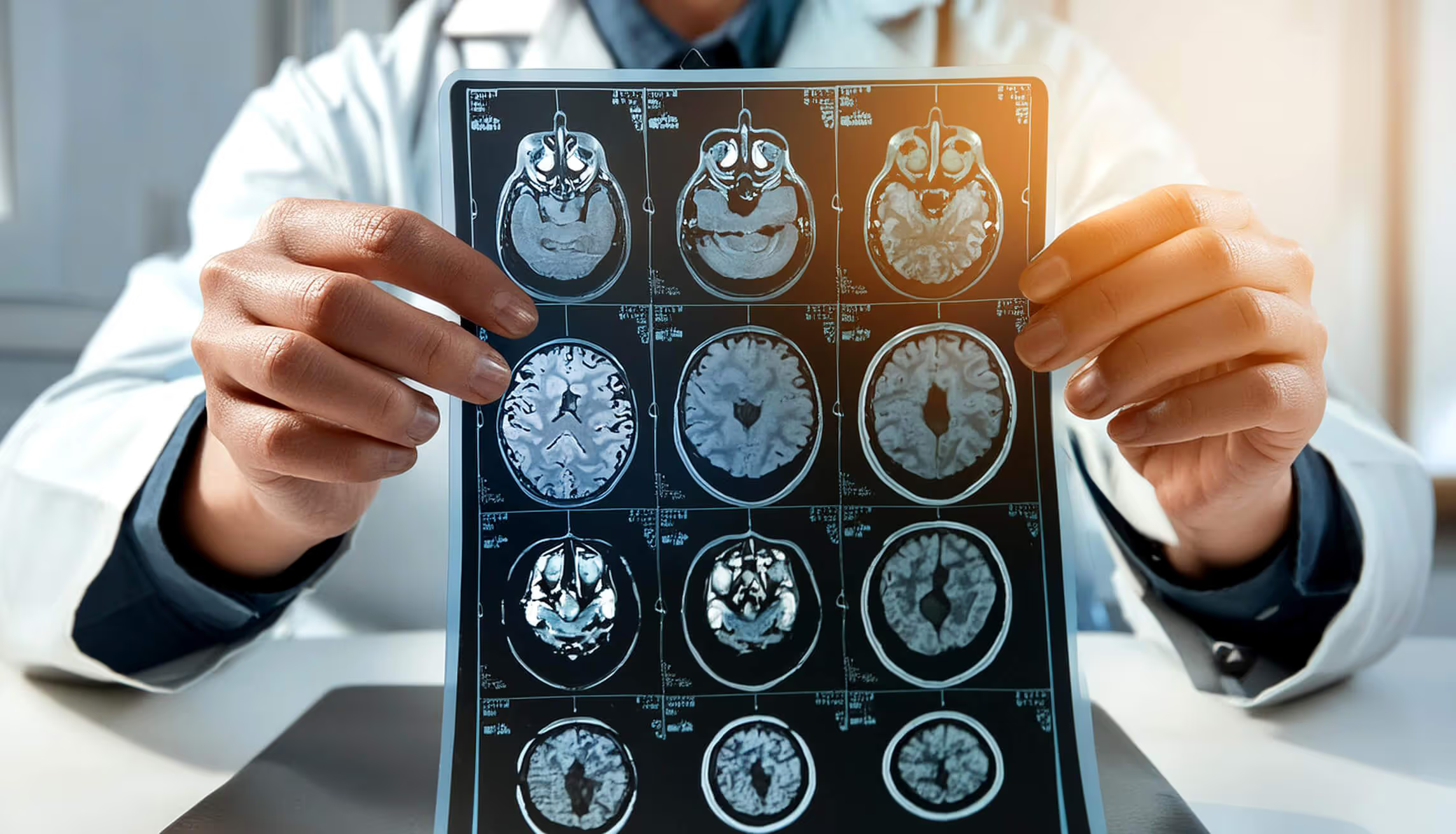About Stroke
Risk Factors
Understanding Stroke Risk Factors Is The First Step Toward Prevention
The key is knowing the difference and making informed choices.


What is Stroke Risk?
Understanding
Stroke Risk
Your risk builds over time. The more risk factors you have, the greater the chance of stroke. But the good news is that even small improvements — like quitting smoking or managing your blood pressure — can significantly reduce that risk.
Understanding your stroke risk is the first step toward prevention. Know your numbers, talk to your doctor, and take action early. Prevention starts with awareness.
Controllable & Uncontrollable Factors
The Two Sides of Stroke Risk
Eating a balanced diet and exercising regularly are very important when it comes to lowering stroke risk. This combination of diet and regular movement will lower your chances of having high blood pressure, high cholesterol, and diabetes and prevent things such as obesity and heart diseases.
Drinking excessively can have a significant impact on your risk for stroke as it can elevate blood pressure and triglycerides levels, which can lead to fat accumulating in your arteries.
The consumption of tobacco on a regular basis will affect your body’s ability to carry normal levels of oxygen in the blood, damage blood vessels, and raise your blood pressure.
Sedentary lifestyles are now more common than ever. Having an office job means not moving for hours at a time, and even if we do have physically demanding jobs all we want to do when we get home is lay on the couch. Over a long period of time this can make it even more difficult for us to manage other risk factos.
High blood pressure and high cholesterol are two issues that may not appear obvious to us until we do check our blood pressure or do blood testing. Be sure to check your blood pressure every once in a while, and if it’s high speak to your doctor about what options you have to treat it.
Our bodies produce cholesterol naturally, but having an unhealthy diet high in cholesterol can clog our arteries causing a variety of issues. Your doctor will be able to run blood testing to check for cholesterol and give you treatment options.
There are certain heart diseases that cause plaque build-up in your arteries thus restricting the proper flow of oxygenated blood to the brain, while other heart diseases will increase your chance of developing a blood clot which can cause a stroke.
Diabetes is a disease where your body doesn’t produce enough insulin or doesn’t process it as it should, causing sugar to build up in your body.
These conditions are preventable and treatable—it’s important you speak to your doctor about lowering your risk for these conditions and/or treating them if you are currently experiencing them.
Men and women over 65 years old are at higher risk of having a stroke; however, anyone, of any age, can have a stroke.
Women are at higher risk than men for having a stroke, most of this related to hormonal changes during pregnancy, taking birth control, or treatment for menopause.
African Americans, Native Americans and Hispanics are more likely to have a stroke due to their higher risk for diseases such as high blood pressure, high cholesterol, diabetes and others.
Genetics play a big role in determining whether you are at a higher risk for stroke or not. There are certain genetic mutations that can carry over and put you at a higher risk for a stroke.
1 in 4 people who have a stroke have actually had one before. Those who have had a heart attack previously are also at higher risk.
Worried About Your Stroke Risk? We’re Here to Help.
FAQs
You’re Not Alone in This
Up to 80% of strokes can be prevented by managing key risk factors such as high blood pressure, high cholesterol, smoking, diabetes, and lack of physical activity. Making healthy lifestyle choices—like eating a balanced diet, exercising regularly, avoiding tobacco, and limiting alcohol—can significantly reduce your risk. Regular check-ups and working with your doctor to manage any medical conditions are also critical steps in prevention.
To lower your stroke risk, focus on managing key health factors: keep your blood pressure and cholesterol in check, maintain a healthy weight, eat a balanced diet (like the Mediterranean or DASH diet), exercise regularly, avoid smoking, limit alcohol, manage diabetes if applicable, and treat conditions like atrial fibrillation. Regular checkups and following your doctor’s advice can make a big difference.
You should not take aspirin to prevent a stroke unless your doctor specifically recommends it. While aspirin can help prevent blood clots, it also carries a risk of bleeding, especially in people who do not have a history of stroke or heart disease. In some cases—such as for individuals with a high risk of stroke or those who have already had a stroke or heart attack—aspirin may be beneficial. However, for most people, the risks can outweigh the benefits. Always talk to your healthcare provider before starting aspirin or any other medication for stroke prevention.
Diet plays a significant role in your risk of having a stroke. Eating a diet high in saturated fats, trans fats, sodium, and added sugars can increase your chances of developing conditions like high blood pressure, high cholesterol, obesity, and diabetes—all of which are major stroke risk factors. On the other hand, a healthy, balanced diet can help protect against stroke. Consuming plenty of fruits, vegetables, whole grains, lean proteins, and healthy fats supports overall heart and brain health. Reducing your intake of processed foods, salt, and sugary drinks can help manage blood pressure and weight, both of which are key to lowering stroke risk. Simply put, what you eat every day can either increase or decrease your chances of having a stroke—making nutrition one of the most powerful tools for prevention.
If you’ve already had a stroke or a transient ischemic attack (TIA), taking action to prevent another one is critical. Start by working closely with your healthcare team to understand the cause of your stroke and follow their treatment plan carefully. This may include taking prescribed medications to manage blood pressure, cholesterol, or prevent blood clots. Making lifestyle changes is also essential. Eating a heart-healthy diet, exercising regularly, quitting smoking, limiting alcohol, and managing stress can all lower your risk of another stroke. Attend all follow-up appointments, participate in any recommended rehabilitation programs, and monitor your health conditions closely. A TIA or stroke is a serious warning sign—but with the right steps, you can significantly reduce the chance of it happening again.

